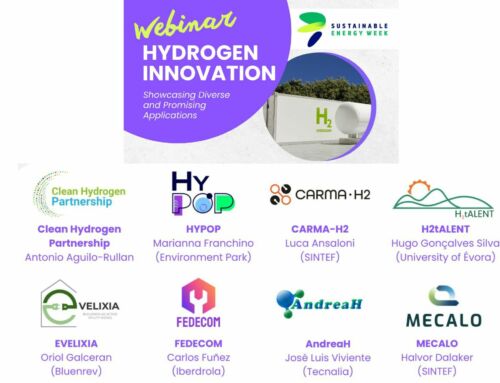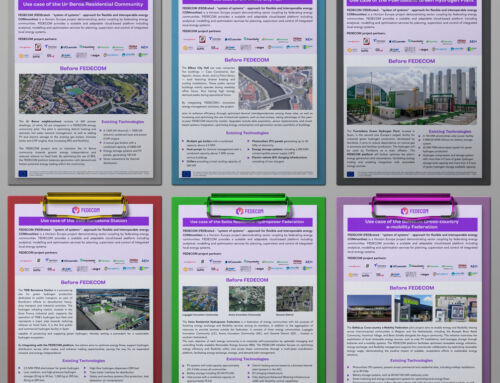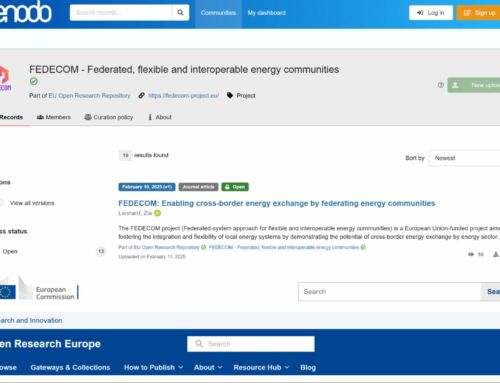Building optimization strategies are a key tool to promote the integration of renewable energy sources and improve building energy efficiency, as discussed in the previous article in our web. For the development of such solutions, modeling is a key element. There exist three model types that apply to dynamic building models:
- White-box models are analytical models that provide a detailed representation of the building based on physical behavior. This approach requires modeling expertise, and they are very comprehensive, but in exchange, they have a high computational cost.
- Black-box models are data-driven models which require large amounts of input data to train the models. So, they require having extensive measurement data available, having the drawback that they lack interpretability, and the advantage that the integration of the generated model is computationally more efficient.
- Gray-box models arise as a trade-off between the other two types. They are hybrid models that represent the buildings as thermal network models (through a resistance-capacitance equivalency) with parameters to be calibrated with real data. They are robust and accurate, and reach a compromise between the advantages of the two previous types of models.
Thus, gray-box models are very convenient for generating models to be integrated in the optimizers or in a Model Predictive Control. In this way, it is possible to have a reliable model, characterized with real data, and which allows real-time deployment from the computational point of view. However, the other types of modeling can also be very interesting in certain situations or for certain applications.
White box models are useful to have a Digital Twin of the building to test optimizers and intelligent controllers in an intermediate environment, before they are deployed in the actual building. As the white-box models are more accurate and detailed than the models embedded in the optimizers, they can reflect the performance of the optimizers in a more realistic environment and be used to detect possible errors or improvements. In addition, these detailed white-box models can also be used to generate synthetic data for those scenarios in which there is no sufficient real data for calibration, or new operational range conditions need to be considered. Buildings digital twins can simulate different scenarios based on weather, occupancy patterns, equipment usage, energy tariffs and grid demand.
A powerful language to develop white-box models of buildings is Modelica, an open-source, object-oriented language for modeling complex physical systems, often used in the field of engineering and simulation. Modelica language provides a standardized way to describe and simulate behavior of systems, making it easier to model and analyze dynamic systems in various domains such as mechanical, electrical, thermal and control engineering.
In the case of buildings, Modelica provides a versatile and efficient framework for simulation. Firstly, it can model multi-domain systems, as the case of buildings, which involves thermal, electric, HVAC and control systems. In addition, Modelica uses an object-oriented modeling approach tha generates modular and building blocks representing the components of a building, including the HVAC, sensors and controllers. Moreover, it considers details of the buildings such as material properties, thermal dynamics and the performance of different elements and units.

When using Modelica for creating a detailed model of a building, you can create it from scratch, or make use of a wide variety of libraries focused on buildings. Some of these libraries are IBPSA library, Buildings Library, AixLib, IDEAS library and ThermoSysPro. These libraries cover a wide range of buildings, including structures, HVAC systems, controls and other building components.
In conclusion, Modelica is a suitable and very powerful language for developing detailed building models to serve as a test bed and for generating synthetic data to create reduced models for optimization. Therefore, it is a key element in FEDECOM’s technical developments focused on building optimization.
Laura Zabala (R2M Spain)






